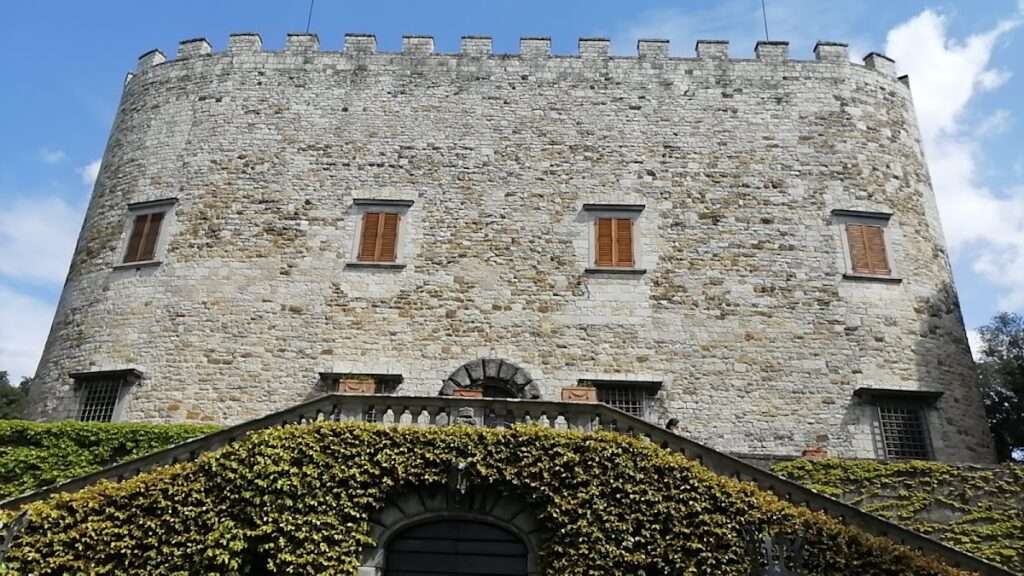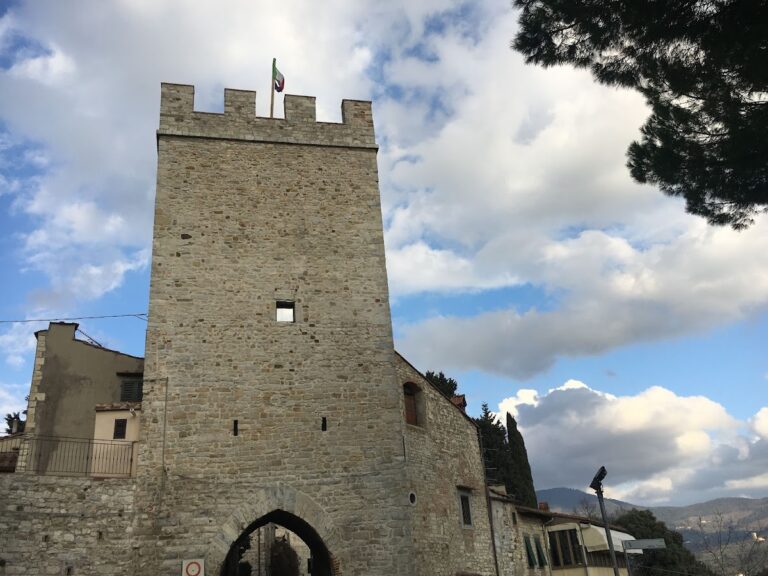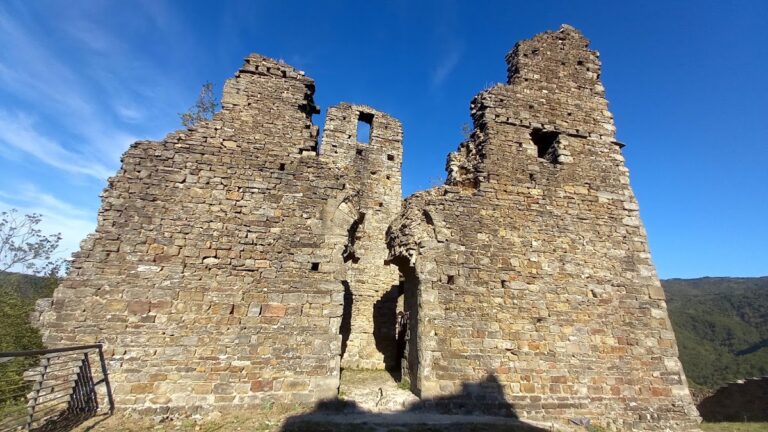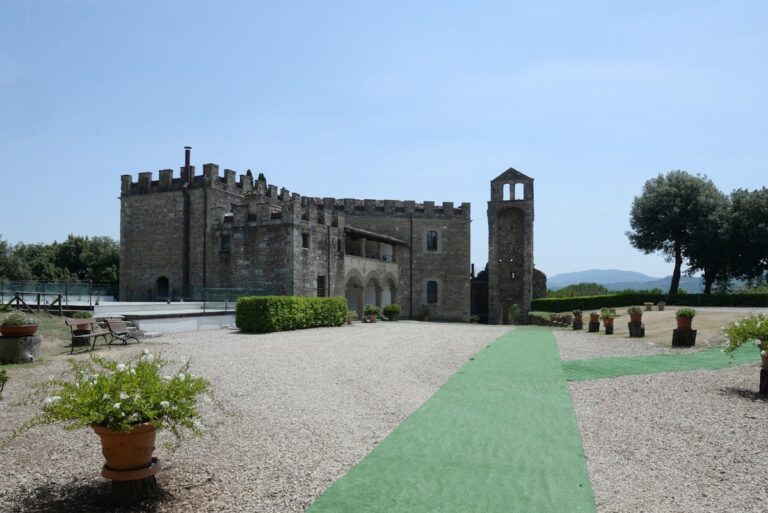Castello di Montemurlo: A Historic Fortress and Residence in Tuscany, Italy
Visitor Information
Google Rating: 4.4
Popularity: Very Low
Google Maps: View on Google Maps
Country: Italy
Civilization: Unclassified
Remains: Military
History
The Castello di Montemurlo is located in the municipality of Montemurlo in Italy. It was originally built by medieval builders in the 10th century as a defensive fortress. Positioned strategically on a hill above the settlement, the castle commanded views of the surrounding territory in Tuscany.
During its early history, the castle belonged to the noble Guidi family. It formed part of a network of four fortifications designed to protect the Via delle Rocche, a crucial route linking Montemurlo with the nearby Val di Bisenzio valley. This arrangement underscored the castle’s importance in controlling movement and providing military security along this passage.
In the aftermath of the Battle of Montemurlo in 1537, control of the fief passed into the hands of the Medici family, the powerful rulers of Florence. Under Medici stewardship, the fortress no longer served as a frontier garrison. By the mid-16th century, the site underwent a significant transformation: it was adapted from a military stronghold into an elegant residence. During this time, notable artist and architect Giorgio Vasari designed a drawbridge for the castle, though this feature was later replaced.
The castle experienced a comprehensive restoration in the 19th century. Renovations carried out during this period gave the complex much of its present-day appearance, emphasizing residential and aesthetic qualities rather than military function.
Remains
The Castello di Montemurlo consists of two buildings that are connected to each other. One of these structures is organized around an internal courtyard, providing a central open space. The entire complex is enclosed within multiple curtain walls, which are defensive walls built for protection around the castle grounds. In front of these enclosures, gardens extend outward, creating a landscaped approach to the buildings.
The exterior walls of the castle are constructed from stone, maintaining a sturdy and fortified look typical of medieval military architecture. Along its upper edges, the walls are crowned with crenellations, or merlature—the notched battlements that were originally intended for defense, allowing guards to observe and repel attackers while remaining protected.
One significant historical feature was the drawbridge designed by Giorgio Vasari in the 16th century, which served as the original entrance to the fortress. This drawbridge has since been removed and replaced with a broad double staircase, reflecting the shift from military use toward a more residential and ceremonial function.
The ensemble seen today largely reflects the changes made during the 19th-century restoration, presenting a harmonious blend of medieval fortification elements and later residential adaptations, all preserved within the castle’s historic footprint.







